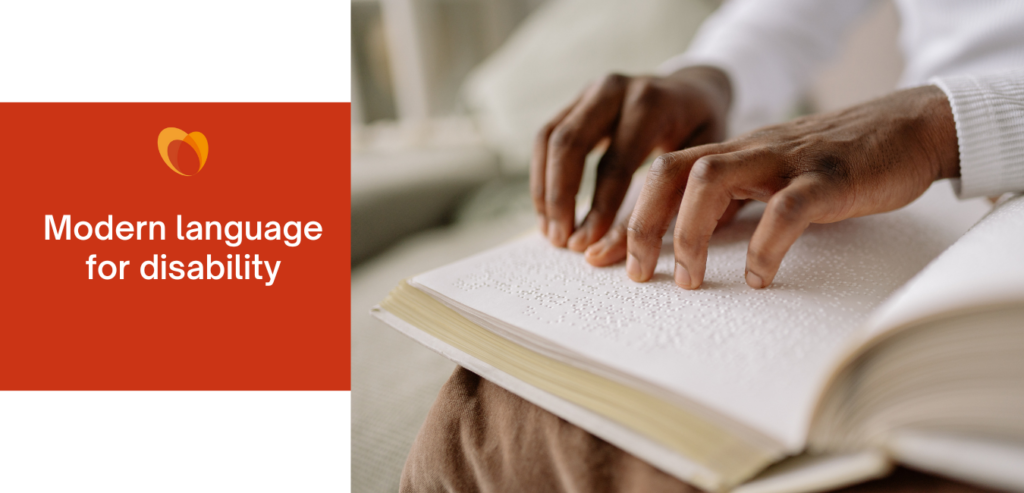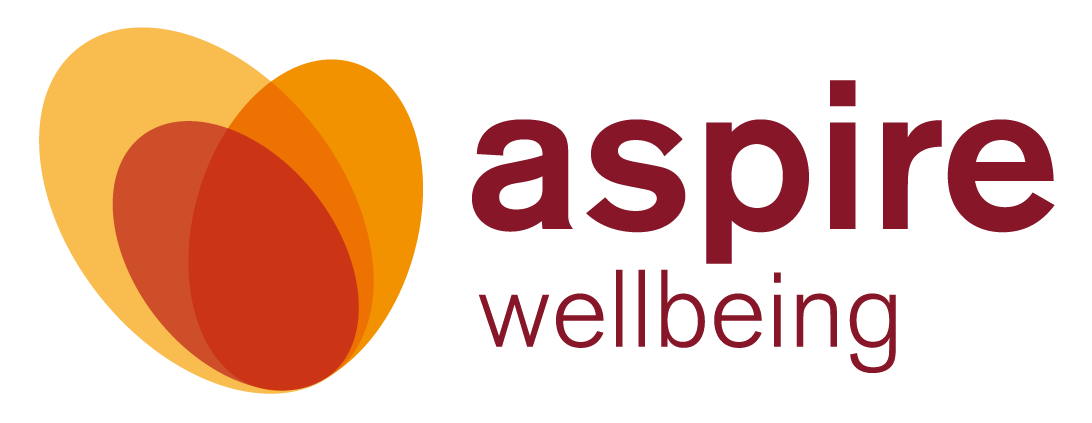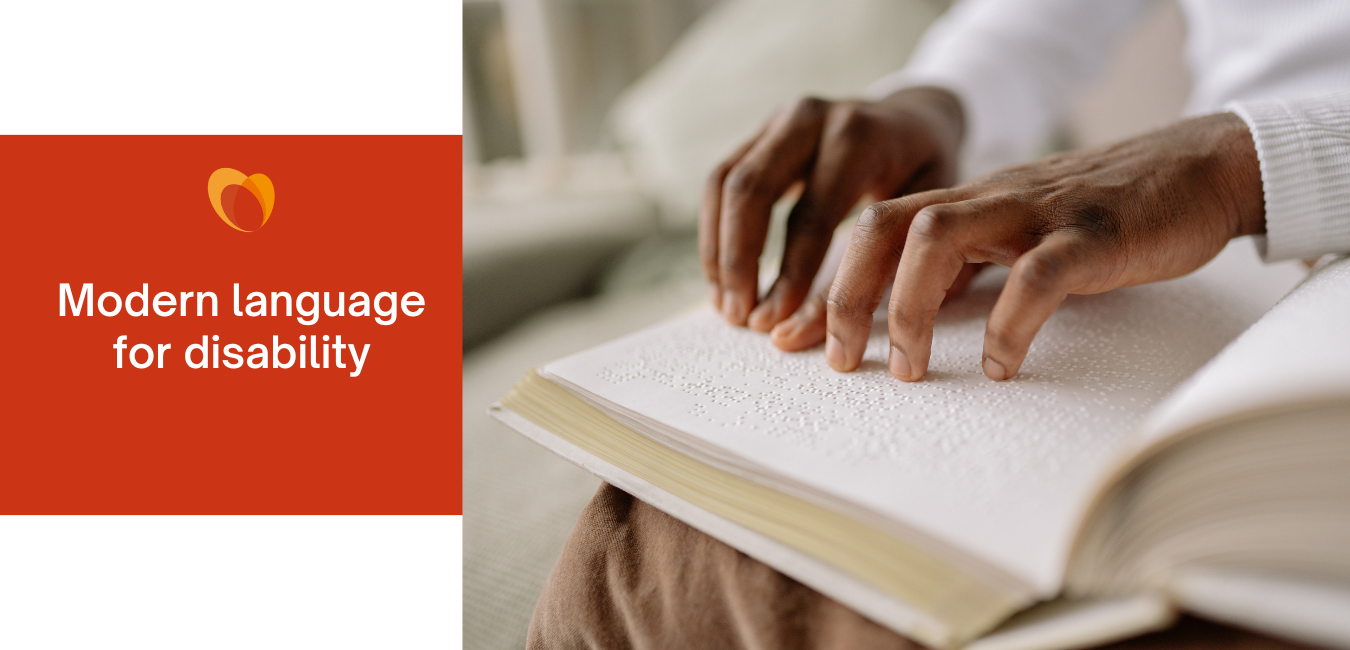
Modern language for disability is a constantly evolving and important aspect of our society. In the past, language surrounding disability was often derogatory and dehumanizing, perpetuating harmful stereotypes and stigmas. However, in recent years, there has been a shift towards more inclusive and respectful language when discussing disability. This change has been largely driven by the disability rights movement and the push for more accurate and empowering language. One of the key elements of modern language for disability is the use of person-first language, which emphasizes the person rather than their disability. This means using phrases like “a person with a disability” rather than “a disabled person.” This small shift in language can have a big impact on how individuals with disabilities are perceived and treated. Additionally, modern language for disability also includes using terminology that is more accurate and respectful, such as “differently abled” instead of “handicapped” or “special needs” instead of “disabled.” It is important to recognize that language has the power to shape our perceptions and attitudes, and by using inclusive and empowering language, we can create a more inclusive and accepting society for individuals with disabilities. Furthermore, modern language for disability also involves avoiding ableist language, which is language that discriminates against or excludes individuals with disabilities. This includes phrases like “crazy” or “lame,” which are often used casually but can be hurtful and offensive to those with disabilities. Overall, the use of modern language for disability is crucial in promoting equality, respect, and understanding for individuals with disabilities and creating a more inclusive society for all.

